Cable clamp requirements
pamela1963
14 years ago
Featured Answer
Sort by:Oldest
Comments (13)
brickeyee
14 years agobrickeyee
14 years agoRelated Professionals
Arlington General Contractors · DeKalb General Contractors · Grand Junction General Contractors · Owosso General Contractors · Saint Andrews General Contractors · Union Hill-Novelty Hill General Contractors · Waianae General Contractors · Phoenix Solar Energy Systems · Paradise Solar Energy Systems · Peabody Solar Energy Systems · Los Alamitos Home Automation & Home Media · Los Angeles Home Automation & Home Media · Manhattan Beach Home Automation & Home Media · Newark Home Automation & Home Media · San Jose Home Automation & Home Mediapamela1963
14 years agobrickeyee
14 years agopamela1963
14 years agopamela1963
14 years agobrickeyee
14 years agopamela1963
14 years agobrickeyee
14 years agopamela1963
14 years agoesobocinski
12 years agobrickeyee
12 years ago
Related Stories
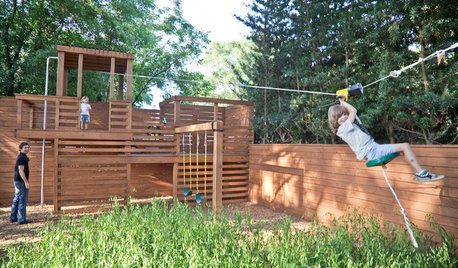
DESIGN DICTIONARYZip Line
A long cable and a little fearlessness make for a thrilling ride between two points
Full Story0
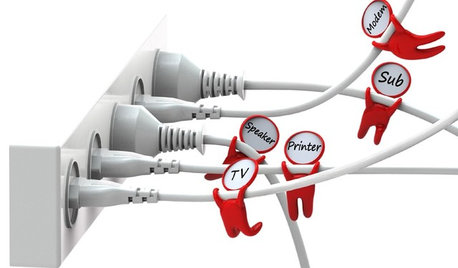
MORE ROOMSOn Trend: Smart Solutions for Cords
Show those cables and wires who's boss with these clever solutions for the home office
Full Story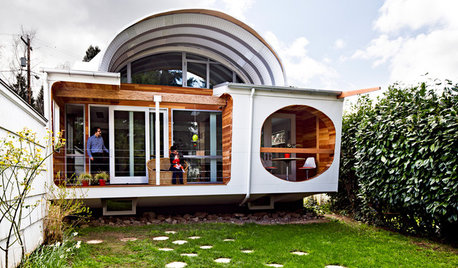
HOUZZ TOURSHouzz Tour: A 'Portlandia' Home Raises an Eyebrow
Cable TV came calling for this quirky home in Oregon, and it played its spaceship part to a T
Full Story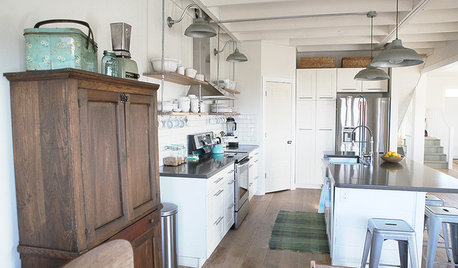
DESIGN DICTIONARYConduit
A conduit inside a building serves as a channel for electrical cables and wires
Full Story0

MOST POPULARWhat to Know About Adding a Deck
Want to increase your living space outside? Learn the requirements, costs and other considerations for building a deck
Full Story
CONTRACTOR TIPSYour Complete Guide to Building Permits
Learn about permit requirements, the submittal process, final inspection and more
Full Story
ECLECTIC HOMESHouzz Tour: Antique Meets Industrial in a Colorado Cottage
Satisfying historic requirements and family needs, a second-story addition blends styles with ease
Full Story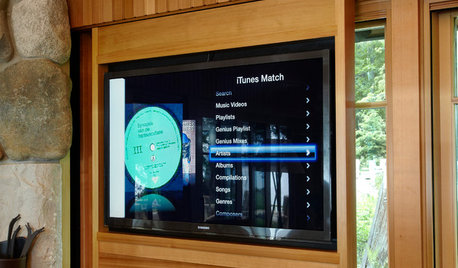
HOME TECHNew Strategies for Hiding the TV
Its easy to be discreet when you've got cabinets, panels and high-tech TV hiders like these
Full Story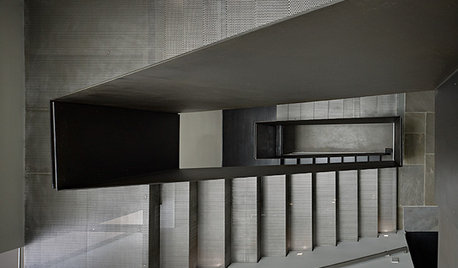
STAIRWAYSBeautiful Stairs: Safety Meets Style
Solid to Near-Transparent Materials Turn the Humble Railing Into High Design
Full Story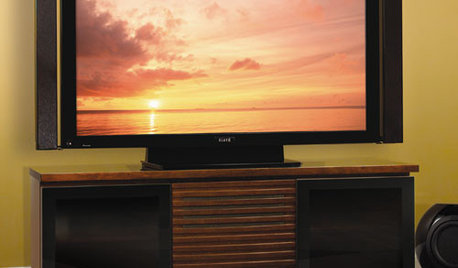
MEDIA ROOMSHome Tech: Making a Media Console Work
How to manage your TV and component's wires, ventilation and communication with the remote control
Full StoryMore Discussions








esobocinski